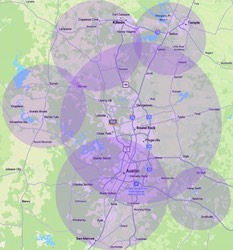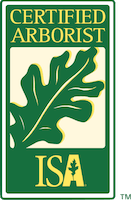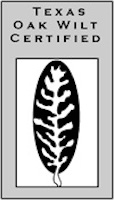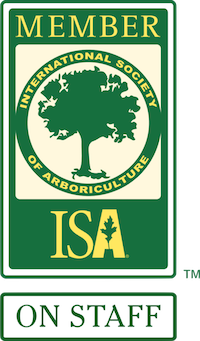Late fall and winter are the best times to prune central Texas oak trees.
When the tree doesn’t have its leaves, the arborist can easily assess the structure of the tree’s limbs, and identify the best pruning actions to take for overall tree health.
Pruning and Oak Wilt
The Texas A&M Extension Service recommends that you avoid pruning healthy oak trees between February 15th and June 15th. Open wounds during that time attract a beetle that may vector Oak Wilt.
If your oak tree has never been pruned, however, it is very likely that it has crossing, rubbing limbs causing an abrasive wound that can’t heal. Or you may have limbs rubbing on your roof that constantly get re-wounded when rubbing. Leaving an abrasive wound that is constantly re-wounded is worse than making a proper pruning cut to remove the abrasive limb and allow the limb to heal. Most pruning wounds stop sap flow within a few hours. If you are concerned about problematic limbs on your central Texas oak tree, contact us for a free on-site estimate. We can assist you with professional tree trimming and tree pruning service if your tree needs help.
Central Texas Oak Wilt Restrictions
Texas A&M University maintains a page of community oak wilt restrictions and ordinances: texasoakwilt.org/community-tools/city-ordinances
These restrictions generally apply to property owners – professional arborists can service your oak trees during restricted periods, especially in emergency situations.
Rollingwood, TX and West Lake Hills, TX Oak Tree Pruning Restrictions
The cities of Rollingwood and West Lake Hills, forbid oak tree trimming, pruning and removals from February 1st to June 30th.
Concerned About Your Central Texas Oak Tree?
Contact A Good Morning Tree Service for a free on-site estimate. Our professional arborists will help you take the best possible care of your oak tree.
Free On-Site Estimates
7am – 7pm
7 days a week




